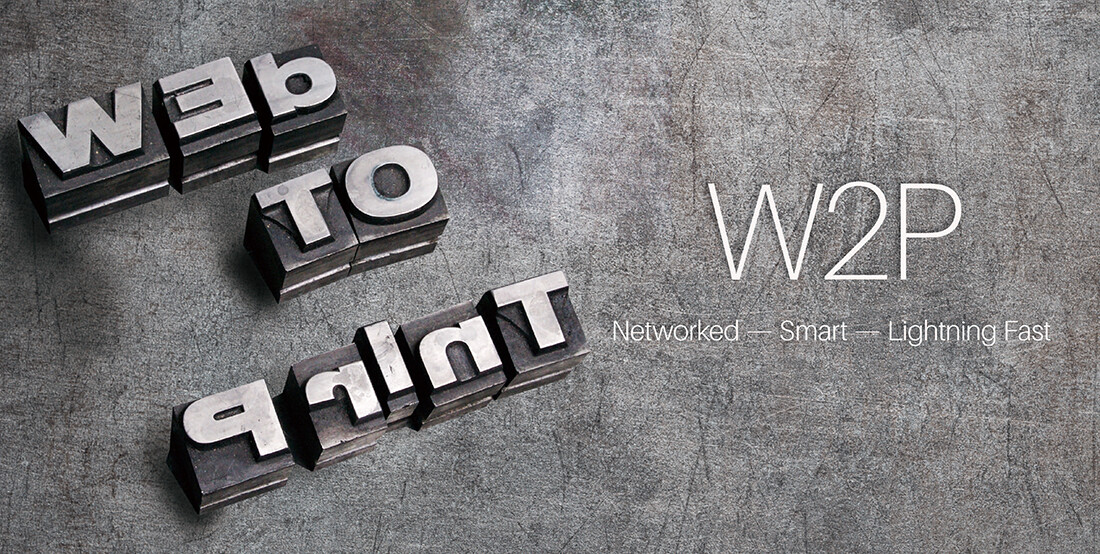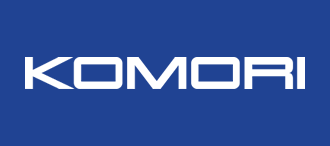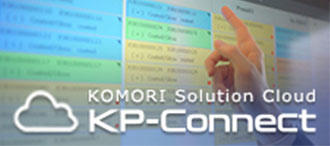
The internet has changed the world since it became mainstream in the early 1990s. According to Statista, an international data collection provider, in 2017 an estimated 1.66 billion people made online purchases — resulting in 2.3 trillion U.S. dollars in sales. The printing industry has not been immune to this global digitalization. Many printed products, such as newspapers, directories and magazines, are in decline as consumers flock to online sources. Print, however, remains a critical part of marketing strategies for consumers and businesses, and online ordering of printed products is on the rise. A new market study, the Outlook for the Global Web-to-Print Market, conducted by U.S.-based Association for Print Technologies (APTECH), shows good news for the web-to-print (W2P) market. In 2018, the global W2P market was roughly $23 billion U.S. dollars and is projected to grow to $30.5 billion by 2023. Worldwide, web-to-print activity is led by Western Europe and North America, but faster growth from 2018 to 2023 will be seen in Africa, Asia, Latin America, the Middle East and Eastern Europe.
Businesses and individual consumers are customers of web-to-print with different dynamics and product sectors. B2B is growing at a faster rate, particularly the rapidly developing trade services that allow print service providers to offer a wider range of products more efficiently. Sheetfed offset is the primary print process used in web-to-print, accounting for 51.2 percent of all print production. W2P technology has developed rapidly, allowing the creation of sophisticated and complex print products through an intuitive user experience for customers. Systems provide real-time information on production and account history.
W2P is growing on a global basis as it simplifies the print buying process and provides high quality, well-designed printed products to individuals and small businesses with little or no design skill. It simplifies trade printing services, making the collaboration easier between print brokers and print providers. Next-day and sometimes same-day print service demand is growing as a result of online buying experiences from Amazon and other online retailers. Today's print buyers no longer have the traditional sales contact relationship that has been historically associated with print and packaging buying. Printing technology, including prepress, press and postpress, has improved and standardized to the level that a buyer can be assured of receiving consistent quality, which will ultimately drive more W2P purchasing.


















